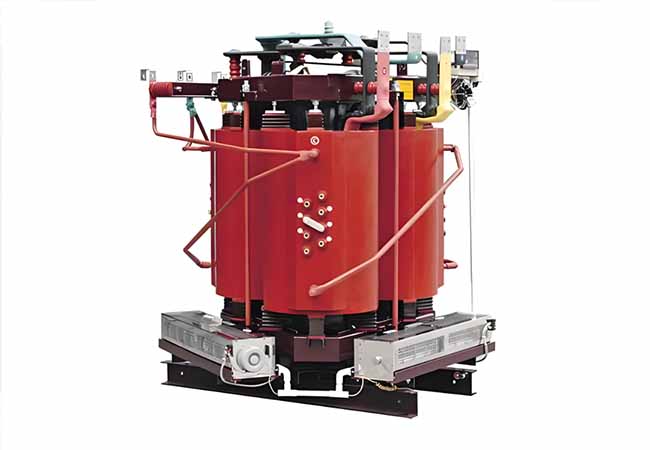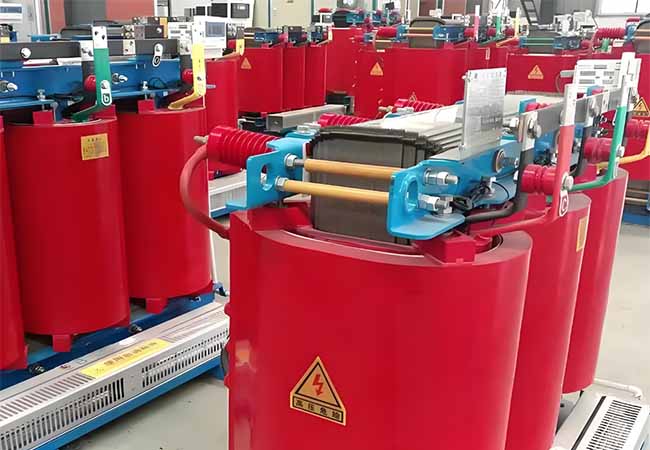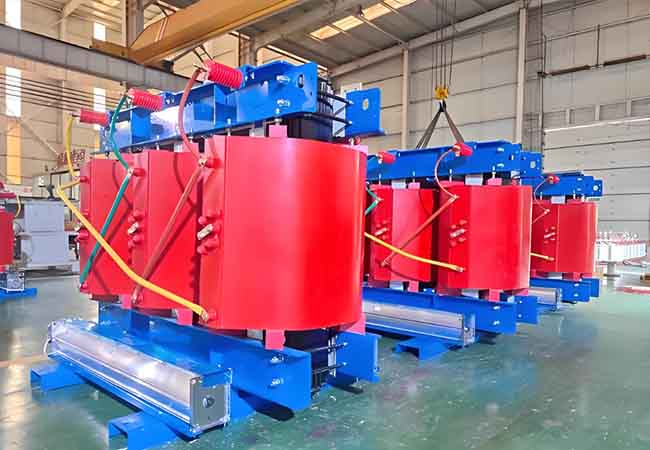Three-Phase Dry Type Transformers
04-08 2025 | By:
Three-phase dry type transformers are essential components in power distribution systems, offering efficient voltage conversion and electrical isolation without the use of liquid insulation. Their design, versatility, and safety features make them ideal for indoor applications, urban environments, and sensitive industrial settings. Below is a detailed exploration of their types, specifications, manufacturers, and market considerations.
1. Types of Dry Type Transformers
Dry type transformers are categorized based on their insulation methods and construction techniques:
Cast Resin Dry Type Transformers: Encapsulated in epoxy resin, these transformers provide superior thermal stability and protection against environmental contaminants. They are widely used in high-temperature or corrosive environments.
Air Insulated Dry Type Transformers: Relying on air as the primary insulator, these are cost-effective and suitable for moderate-duty applications.
Vacuum Pressure Impregnated (VPI) Transformers: Enhanced with varnish insulation under vacuum pressure, ensuring long-term reliability in harsh conditions.
2. Voltage and Capacity Specifications
Dry type transformers are available in a wide range of voltage and capacity configurations to meet diverse project requirements:
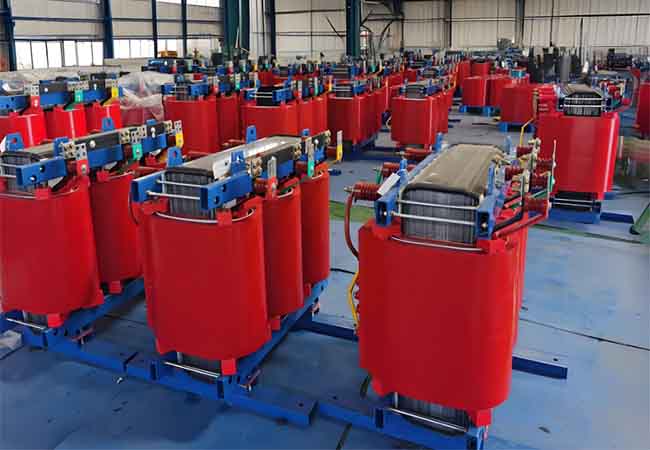
Cast Resin Dry Type Transformers
Voltage Ratings:
Low voltage: 10 kV, 11 kV
Medium voltage: 24 kV, 33 kV, 35 kV
Capacity Ratings:
Small-scale: 100 kVA, 750 kVA
Medium-scale: 1,500 kVA, 1,000 kVA
Large-scale: 2,500 kVA
3. Key Applications
Industrial Power Distribution: Dry type distribution transformers are critical for factories, data centers, and hospitals due to their fire-resistant properties.
Urban Infrastructure: Compact designs (e.g., 100 kVA units) are ideal for substations in densely populated areas.
High-Voltage Transmission: Medium voltage transformers (e.g., 33 kV models) support grid connectivity in renewable energy projects.
4. Manufacturers and Market Trends
Leading manufacturers specialize in producing high-quality dry type transformers:
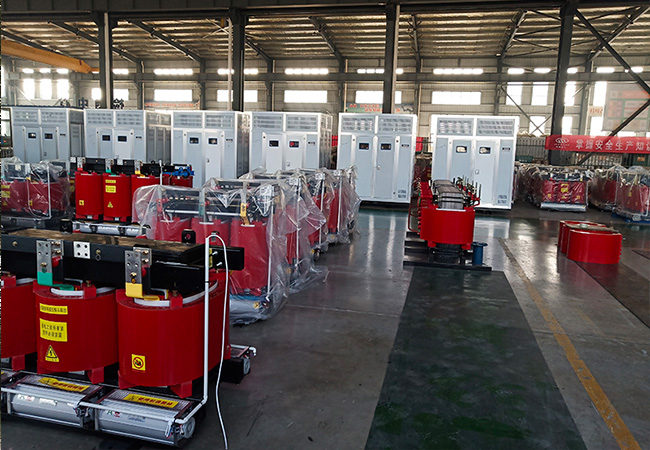
Cast Resin Dry Type Transformer Manufacturers: Companies like ABB, Siemens, and Schneider Electric offer advanced resin-encapsulated models for industrial use.
Global Players: Key brands include Mitsubishi Electric, TMEIC, and China’s CRRC Corporation, emphasizing innovation in energy efficiency.
5. Price Considerations
The cost of dry type transformers varies based on:
Material Quality: Copper-wound transformers are pricier than aluminum but offer higher efficiency.
Technical Specifications: Higher voltage (e.g., 35 kV) or capacity (e.g., 2,500 kVA) units command premium prices.
Market Demand: Bulk orders or customization (e.g., 11 kV models) may reduce per-unit costs.
Conclusion
Three-phase dry type transformers are indispensable in modern power systems, balancing safety, efficiency, and adaptability. Whether selecting a compact 100 kVA unit for commercial spaces or a robust 33 kV transformer for grid integration, understanding voltage, capacity, and insulation types is crucial. Collaborating with reputable manufacturers ensures optimal performance and compliance with international standards (e.g., IEC, IEEE).
You may also find these interesting:
